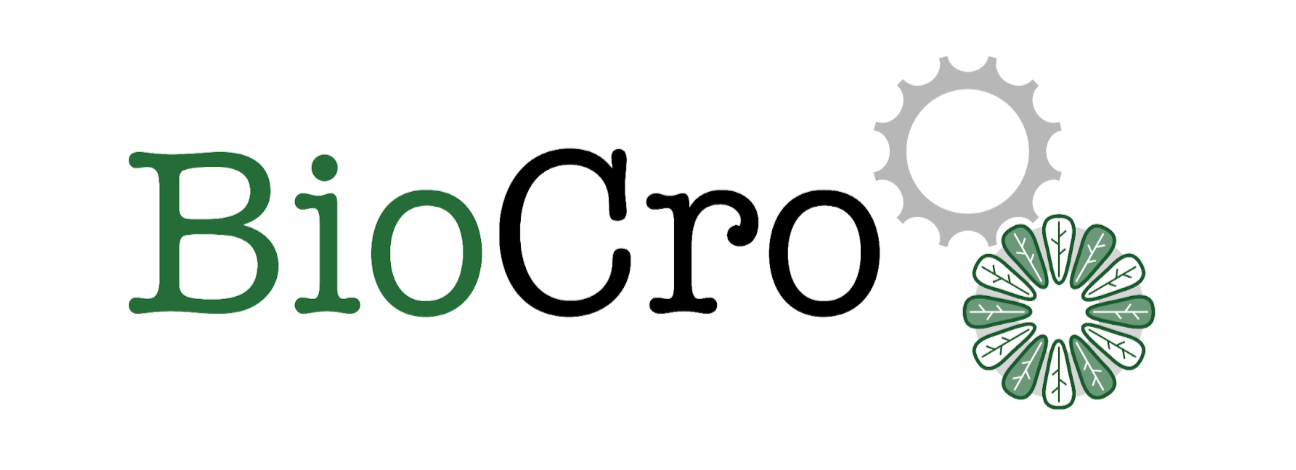Illinois team significantly improves BioCro software for growing virtual crops

CHAMPAIGN, Ill. — A team from the University of Illinois has revamped the popular crop growth simulation software BioCro, making it a more user-friendly and efficient way to predict crop yield. The updated version, BioCro II, allows modelers to use the technology much more easily and includes faster and more accurate algorithms.
“In the original BioCro, all the math that the modelers were using was mixed into the programming language, which many people weren’t familiar with, so it was easy to make mistakes,” said Justin McGrath, a Research Plant Physiologist for the U.S. Department of Agriculture, Agricultural Research Service (USDA-ARS) at Illinois. “BioCro II separates those so modelers can do less programming and can instead focus on the equations.”
Separating the equations from the programming language allows researchers to try new simulations more easily. For example, if a project is looking at how a gene can help plants to use light more efficiently, the equations for that specific gene can be added to existing models, rather than having to change the entire model to include the new information. This development also allows for the software to operate well with other models, a large improvement from the original BioCro.
In a recent study, published in in silico Plants, McGrath and his team discuss all the improvements they made to the original BioCro software, and why they were necessary to improve modeling capabilities for researchers.
“If you’ve got a gene and you’re wondering how much it can improve yield, you have a tiny piece in the context of the whole plant. Modeling lets you take that one change, put it in the plant and compare yield with and without that change,” said Edward Lochocki, lead author on the paper and postdoctoral researcher for RIPE. “With the updates we’ve made in BioCro II, if you have ten gene changes to make, you can look at all of them quickly and gauge relative importance before moving the work into the field.”

This work is part of Realizing Increased Photosynthetic Efficiency (RIPE), an international research project that aims to increase global food production by developing food crops that turn the sun’s energy into food more efficiently with support from the Bill & Melinda Gates Foundation, Foundation for Food & Agriculture Research, and U.K. Foreign, Commonwealth & Development Office.
“BioCro II represents a complete revamp of the original BioCro, eliminating significant duplication of code, improving the efficiency of code, and eliminating hard-wired parameters,” said RIPE Director Stephen Long, Ikenberry Endowed University Chair of Crop Sciences and Plant Biology at Illinois’ Carl R. Woese Institute for Genomic Biology. “All these changes make it much easier to use the model for new species and cultivars, as well as link to other models, as indeed recently demonstrated by adapting BioCro II for soybean.”
With the latest updates, crop modeling with BioCro II is going to give researchers the ability to quickly test ideas and get results to farmers faster.
RIPE is led by the University of Illinois in partnership with The Australian National University, Chinese Academy of Sciences, Commonwealth Scientific and Industrial Research Organisation, Lancaster University, Louisiana State University, University of California, Berkeley, University of Cambridge, University of Essex, and U.S. Department of Agriculture, Agricultural Research Service.
By: Allie Arp || RIPE Communications Manager
